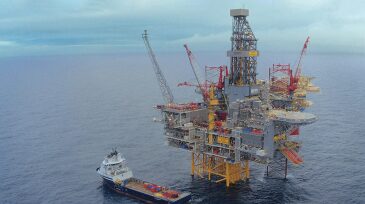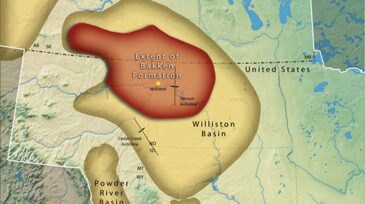Digital oilfield
Weatherford International plc announced a strategic agreement with Amazon Web Services (AWS) to advance the company's digital transformation and drive innovation across the energy sector.
This paper describes the operator’s digital-twin end-to-end production system deployed for model-based surveillance and optimization.
The authors of this paper describe a project to develop a virtual sensor to monitor the cooling effect downstream of a subsea choke to avoid hydrate plugs during cold-start operations.
-
To predict liquid-loading tendencies and to identify opportunities for production enhancement, the performance of 150 gas wells was analyzed in two gas fields in India.
-
Welcome to the debut of the Digital Data Acquisition feature. The new feature comes from the desire of readers and reviewers to broaden the scope of JPT’s coverage of developments related to digital transformation and the applications that the industry can derive from these exciting possibilities.
-
This paper describes the development and field trials of a cloud-connected, wireless intelligent completion system that enables long-term monitoring and interval control to enhance production management by connecting the user wirelessly from the desktop to downhole inflow-control valves.
-
Digital twins are powerful combinations of models and data that “age” throughout the lifecycle of an asset as they gather and integrate data from the field. This technology is a quantum leap from earlier efforts at modeling complex systems.
-
The international major is calling its latest multiwell project in the Permian Basin a “beacon of innovation.” The goal is to see if combining digital technologies will lower the operating costs of its shale assets.
-
The complete paper describes the development of a smart robotic inspection system for noncontact condition monitoring and fault detection in buried pipelines.
-
A proving ground for the use of digital twins has emerged in the North Sea. There, operators Total, Aker BP, and Shell have each developed and deployed twins that they expect to pay big dividends.
-
Multistage horizontal well designs were first implemented in the Bakken in 2007. Since then, more than 12,000 wells have been completed in either the Middle Bakken or Three Forks zones.
-
Harnessing the industrial Internet of things has arguably become the biggest strategic priority for industrial companies in the race to gain competitive advantage through digital transformation.
-
The funding from Chevron Technology Ventures and Energy Innovation Capital will help scale Ingu’s data collection platform and analysis for its Pipers technology, a pipeline screening tool launched last year.













